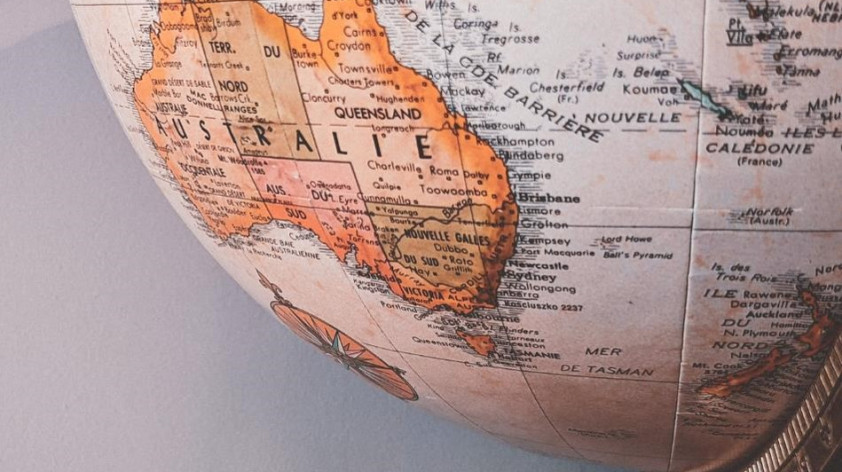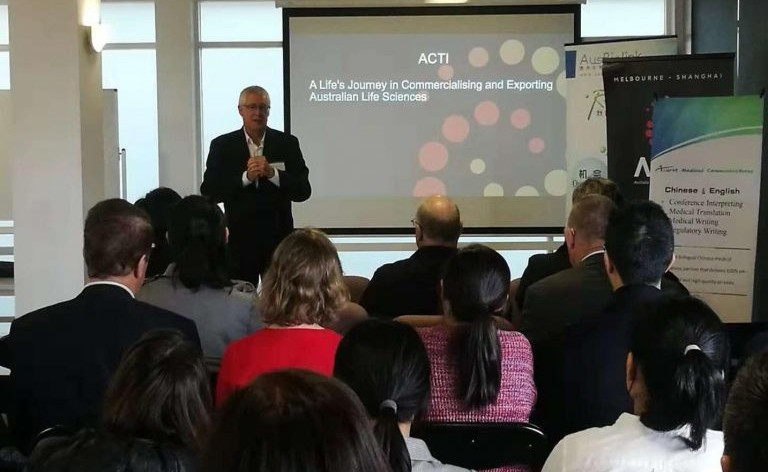Chinese Consumer Health Market Insights
—Reflections from the August Melbourne Healthcare Drinks Event
Author:Amanda Mao, PhD
On 29 August 2018, delegates from different sectors of medical and health gathered to listen to Rodney Hannington, Eagle Heath Non-Executive Director, for a keynote speech on “Insights into the Highly Dynamic Chinese Consumer Health Market”. Afterwards, the highly engaged participants interacted with Rodney for a great Q&A session, followed by networking. The event was sponsored by Australia China Technology Incubator (ACTI). Also thanks AusBioLink for the venue support.
Below are my take-home messages and reflections.
Chinese consumer health market at a glance
Chinese dietary supplements market is growing year by year. Per capital expenditure still has a considerable room to grow, with only 12.1 USD per capital in 2016, compared to its neighbouring countries of Japan at 73.0 USD and South Korea at 67.4 USD. It is not surprising there is an increasing need for health supplements – people have more dispensable income, and the population is ageing.
Chinese consumer health market is also changing very fast. It is highly dynamic, which is the case even for local Chinese entrepreneurs. So for Western health firms first entering this market, don’t feel disheartened when you are overwhelmed by the massive market size.
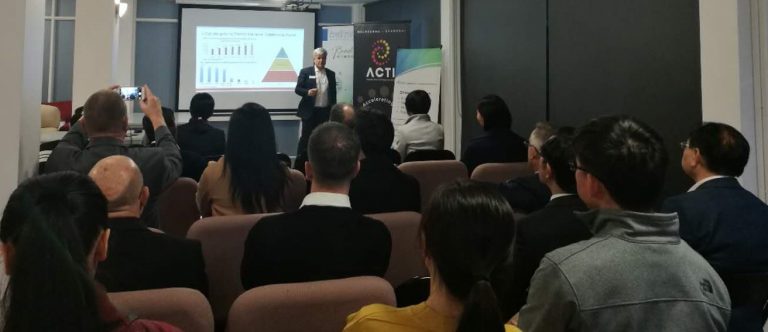
Western small businesses can have a sweet spot in China
Western small businesses can have a sweet spot in China if they are positioned well. This market is not reserved for big players only. Also, when you enter, don’t assume you have to sell in tier one cities such as Beijing and Shanghai. The market is vast, and you can succeed in less crowded regions, avoiding fierce competition in mega-cities in the beginning. Some quite successful local companies do not necessarily have a presence in Beijing, which doesn’t affect their wins in other regions in China. Find a market strategy that works for you.
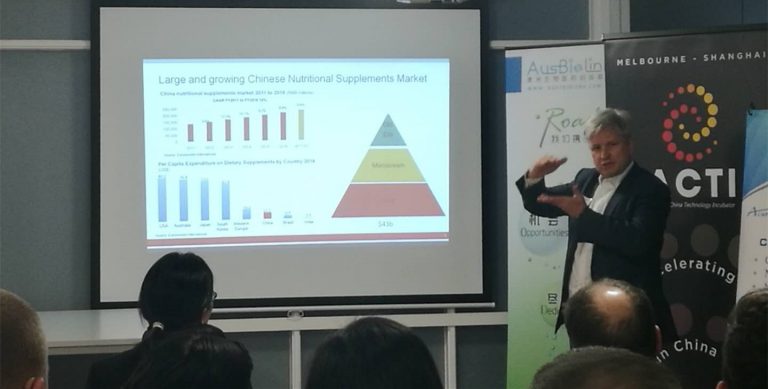
Geographic expansion or market penetration
Australian companies after entry at some point need to decide whether to go the geographic expansion route (spread wide) or the market penetration route (spread deep). Rodney’s experience with several overseas and Chinese domestic companies is, geographic expansion can be risky as you may spread too thin. Market penetration, on the other hand, can be quite sustainable.

Three paths for Australian health products to enter China
►Online cross-border e-commerce, which is quick and relatively easy to set up;
►Registration and filing with China SAMR, so that your products can be sold in retail stores in China;
►Manufacture Australian formulations locally in China to reduce cost and increase margins.
Chinese consumers have already fallen in love with Australia’s clean and green health supplements. The cross-border e-commerce is fast to sell and relatively easy to set up. It bypasses regulatory requirements in the short term, but it does not utilise the full penitential of China’s enormous consumer base from retail stores.
Registration and filing with China NMPA is the path to make health products available in Chinese retail stores. Done right, the retail channel can account for as high as 90% of the sales volume, paving the way for long-term success. However, the process can be expensive and lengthy.
Since an Australian-made Calcium and Vitamin D product was filed successfully with the Chinese regulator in July 2018 (link in Chinese), the first of its kind in Australia, will more companies follow suit? Or, are they contented with online channels? A reasonable guess is Australian brands with branch/parent company in China will actively seek registration sooner than later.
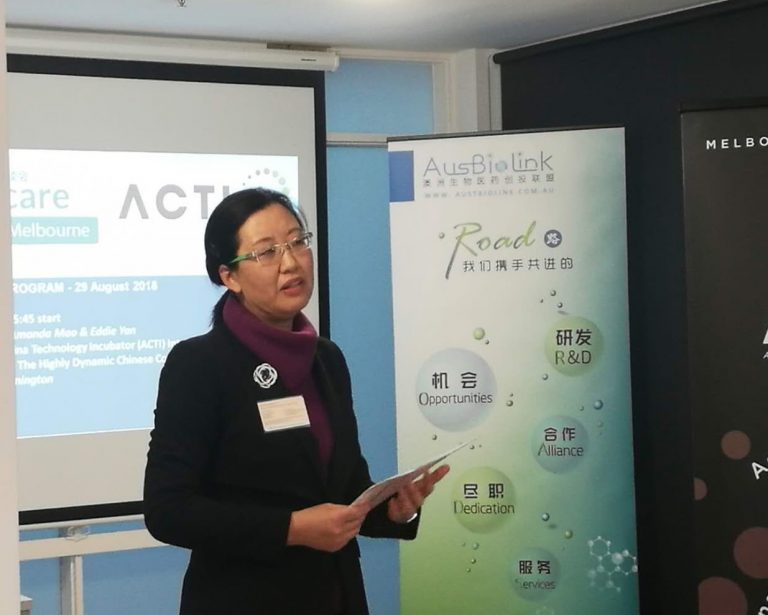
Experience stores
Experience stores are popular in China consumer health space. Contrary to the traditional way of doing market research first, then manufacturing products before distributing through distributors, experience stores take into account the curiosity and deep engagement of Chinese consumers, who prefer to see, feel and taste health products. It’s also an easy way for consumer health education. A company can merely test produce a new product, put them into experience stores for consumers to try out, get real-time feedback, improve and then manufacture in large-scale for broader sale. A good example is Hutang-1, a type 2 diabetes pre-meal shake from Eagle Health. This strategy has been very successful in keeping loyal clients as well as attract new ones.
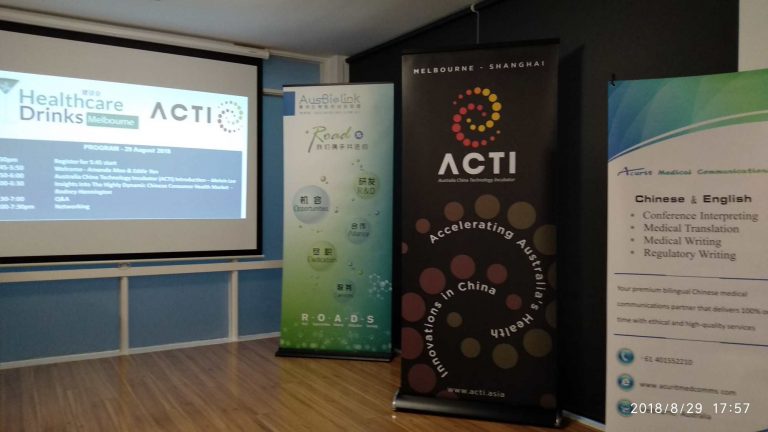
Gifting opportunities for health products
The Chinese tradition of gifting emphasises giving health, which aligns well with health food, vitamins and supplements. The Chinese New Year is the single biggest occasion for gift giving among family and friends. Used smartly, the festival opportunities will boost brand image and drive sales.
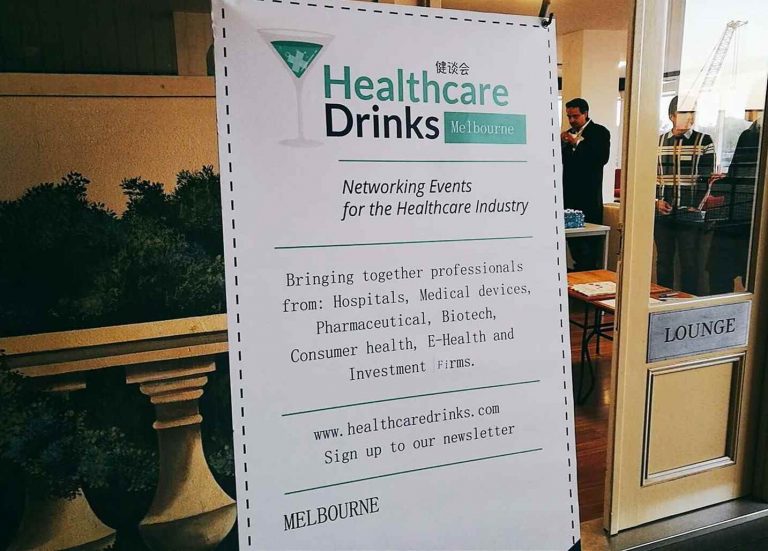
Traditional Chinese Medicine (TCM) as a way of self-medication
The Chinese government is very supportive of self-medication, reflected by the current national 5-year plan for healthy China 2030. It is esp. supportive of TCM. The Ministry of Health issued 87 TCM ingredients as medicinal and edible food. (link in Chinese)
Challenges exist for researching and developing TCM products. If you apply Western evidence-based medicine framework, and you use a hierarchy of evidence to evaluate TCM’s safety and efficacy, you’ll notice a lack of such evidence as TCM are empirically based. For example, a literature review on one TCM ingredient generated around 900 papers, with only one study in humans. The commercial world hopes that the Chinese government from the top down can organise more human trials following specific regulations, so that more TCM ingredients can be added to the official list of medicinal and edible food to benefit the sector and consumers alike. On the other hands, whether TCM should follow the Western hierarchy of clinical evidence is a topic on its own!
Be careful about your marketing claims. It applies to TCM as well as health products in general. A TCM product claimed to cure cancer in 30 days! There were also quite a few health articles on so-called medical breakthroughs to cure complex human diseases. In reality, they might have just started Phase I clinical trial to test safety on humans, far from being ready to treat human diseases. So, when developing product labels and marketing materials, always practice integrity. Provide accurate and balanced information based on credible sources only.
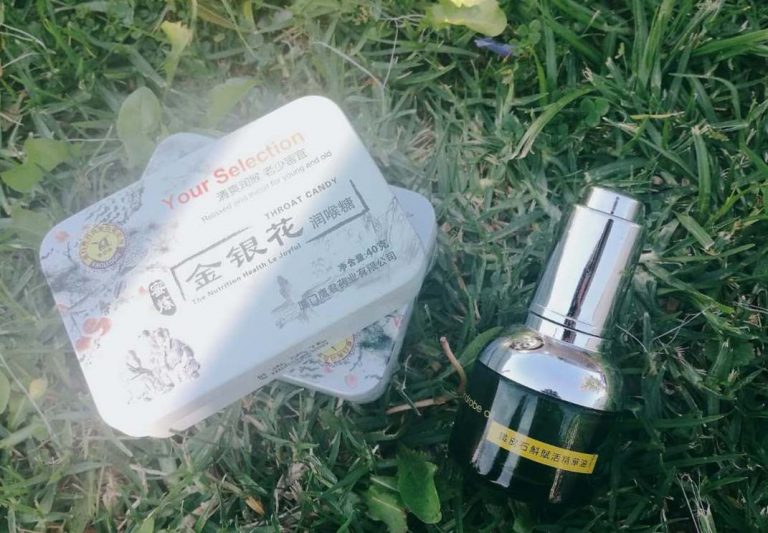
Acurit Medical Communications Pty Ltd provides bilingual Chinese medical writing services for the pharmaceutical and health industries. We esp. focus on English Chinese literature reviews on nutrition and pharmaceuticals to support marketing claims, regulatory and R&D. Dr Amanda Xiaoqing Mao, Founder and Managing Director of AMC, is also pro bono co-founder of Melbourne Healthcare Drinks.
Healthcare Drinks was started in Shanghai, China and is a networking platform for professionals in pharmaceutical, consumer health, medical device, biotech, digital health and venture capital firms. We have many chapters in Asia, Australia, North America and Europe. In Melbourne, we run medical and health talks, panel discussions and networking events connecting Australian and Chinese companies. To be informed of future events, please subscribe to our newsletter.

